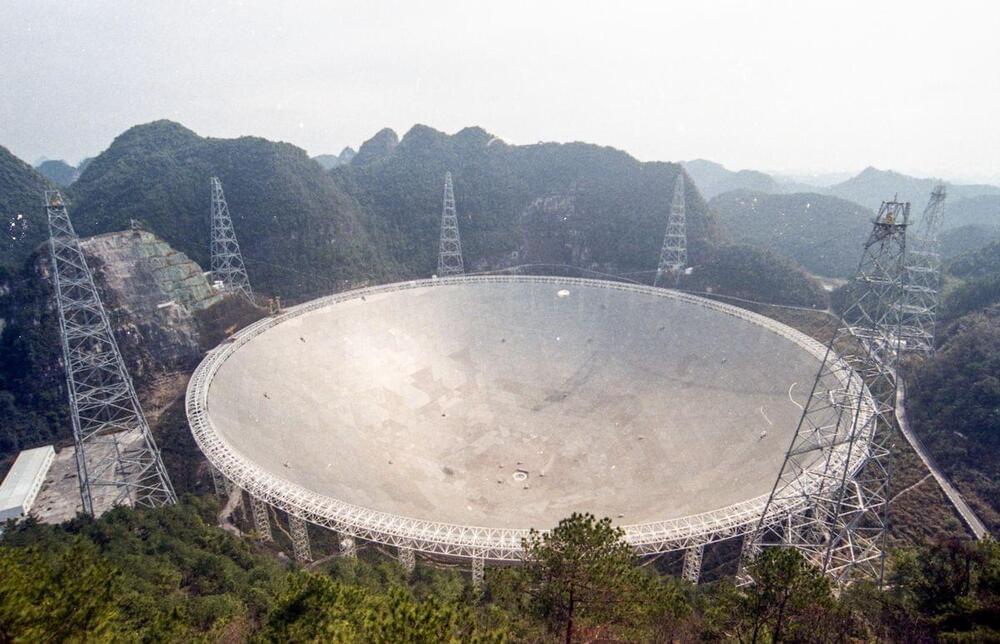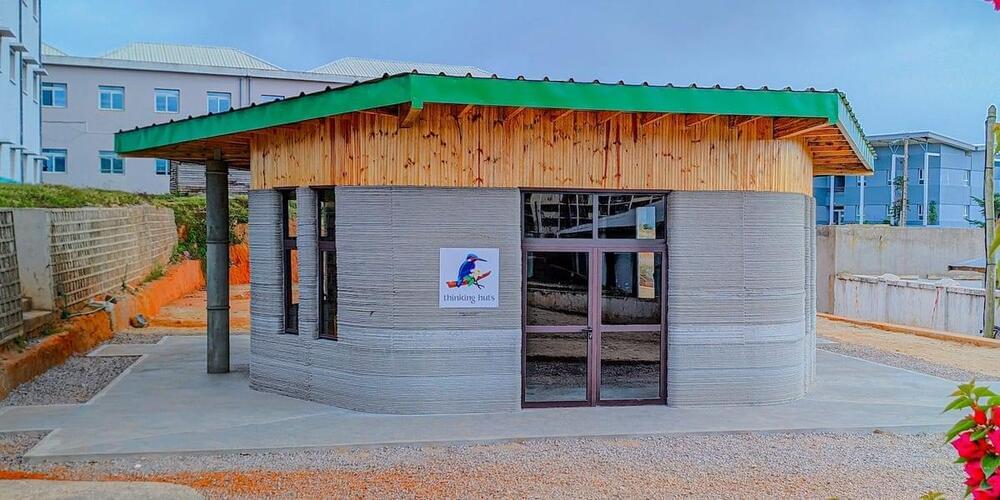The narrow-band electromagnetic signals detected by Sky Eye — the world’s largest radio telescope — differ from previous ones captured and the team is further investigating them, the report said, citing Zhang Tonjie, chief scientist of an extraterrestrial civilization search team co-founded by Beijing Normal University, the National Astronomical Observatory of the Chinese Academy of Sciences and the University of California, Berkeley.
It isn’t clear why the report was apparently removed from the website of the Science and Technology Daily, the official newspaper of China’s science and technology ministry, though the news had already started trending on social network Weibo and was picked up by other media outlets, including state-run ones.
In September 2020, Sky Eye, which is located in China’s southwestern Guizhou province and has a diameter of 500 meters (1,640 feet), officially launched a search for extraterrestrial life. The team detected two sets of suspicious signals in 2020 while processing data collected in 2019, and found another suspicious signal in 2022 from observation data of exoplanet targets, Zhang said, according to the report.
China said its giant Sky Eye telescope may have picked up signs of alien civilizations, according to a report by the state-backed Science and Technology Daily, which then appeared to have deleted the report and posts about the discovery.








